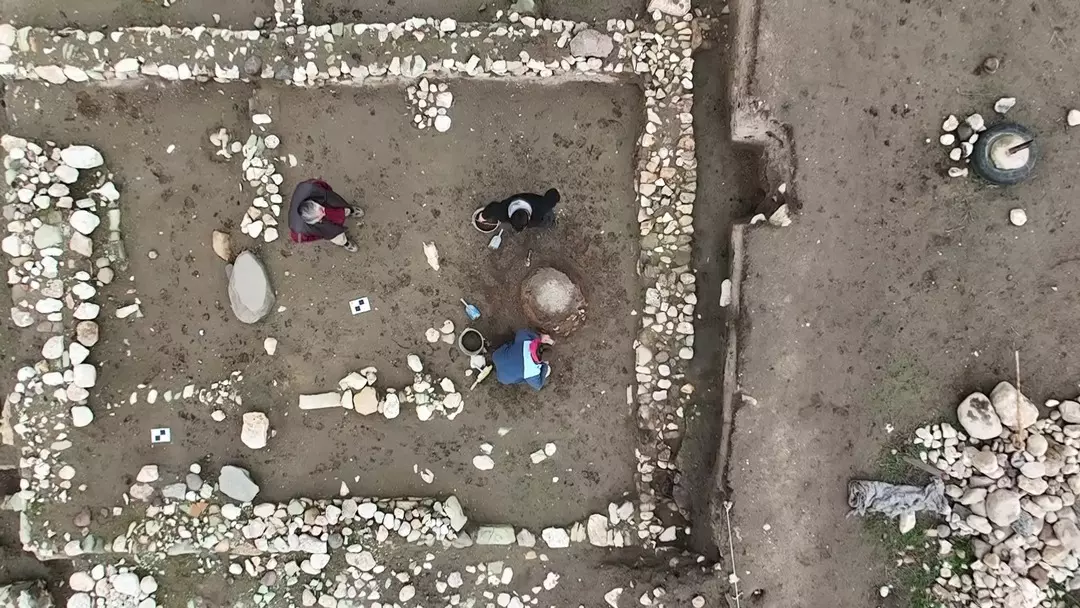In a new study done by UCL academics, it was discovered that humans have Neanderthal genetic material that influences the shape of our noses.
Modern human and archaic Neanderthal skulls side by side, showing difference in nasal height. Credit: Dr Kaustubh Adhikari, UCL
A new study published in Communications Biology suggests that a particular gene, which causes a higher nose (from top to bottom), may have evolved naturally when early humans adapted to colder climates after leaving Africa.
Dr. Kaustubh Adhikari, a co-corresponding author from UCL Genetics, Evolution & Environment and The Open University, stated: "In the last 15 years, since the Neanderthal genome has been sequenced, we have been able to learn that our own ancestors apparently interbred with Neanderthals, leaving us with small bits of their DNA.
“Here, we discover that some Neanderthal DNA affects the way our faces seem. Given that information has been handed down for many years, this might have been useful to our ancestors.”
The study examined information from more than 6,000 Latin American participants in the UCL-led CANDELA study, who were of mixed European, Native American, and African heritage. Participants were recruited from Brazil, Colombia, Chile, Mexico, and Peru. In order to determine how various facial traits were connected to the presence of various genetic markers, the researchers compared genetic data from the participants with photographs of their faces, specifically examining distances between points on their faces, such as the tip of the nose or the edge of the lips.
In comparisons with data from different ethnicities employing volunteers from east Asia, Europe, or Africa, the researchers were able to duplicate 26 of the 33 newly discovered genomic areas linked to face shape.
The researchers discovered that many study participants with Native American ancestry (as well as others with east Asian ancestry from another cohort) had genetic material in this gene that was inherited from the Neanderthals, contributing to increased nasal height. This region of the genome is known as ATF3. Additionally, they discovered evidence of natural selection in this gene region, which suggests that those who possessed the genetic material benefited from it.
Since our noses can help us regulate the temperature and humidity of the air we breathe in, different shaped noses may be better suited to different climates that our ancestors lived in, according to first author Dr. Qing Li (Fudan University), who made the following statement. The gene that we have discovered here may have come from Neanderthals and helped early humans adapt to colder regions when they migrated out of Africa.
Aix-Marseille University, Fudan University, and UCL Genetics, Evolution & Environment co-corresponding author Professor Andres Ruiz-Linares added, "Most genetic studies of human diversity have investigated the genes of Europeans; our study's diverse sample of Latin American participants broadens the reach of genetic study findings, helping us to better understand the genetics of all humans."
The discovery marks the second time that DNA from ancient people, apart from Homo sapiens, has been found to influence our facial features. The same scientists found in a paper published in 2021 that a gene affecting lip shape was passed down from the prehistoric Denisovans.
Researchers from the UK, China, France, Argentina, Chile, Peru, Colombia, Mexico, Germany, and Brazil participated in the study.







